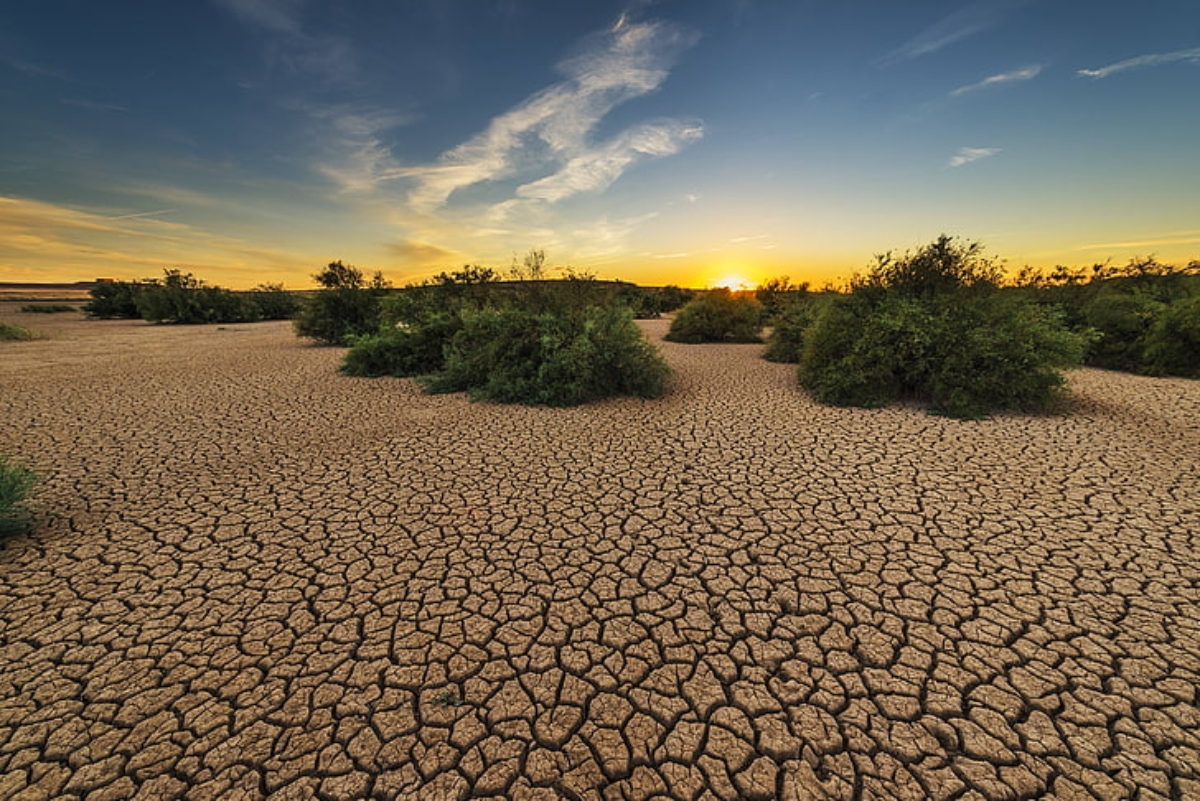

By Dr Muhammad Ismail Kumbhar
World Water Day is an annual event that calls attention to the importance of freshwater and advocates for sustainable water management practices worldwide. This year’s theme, “Water for Peace,” resonates strongly with Pakistan, particularly its Sindh province, which grapples with severe water issues and challenges. Despite being blessed with abundant water resources, Sindh faces escalating water scarcity, pollution, and inadequate infrastructure, posing threats to public health, agriculture, and the environment. The article will explore the multifaceted water issues in Sindh, analyse their underlying causes and impacts, and propose a way forward to achieve water security and peace in Sindh Pakistan.
Water Scarcity: A Looming Crisis
Pakistan is among the most water-stressed countries globally, with diminishing water availability per capita. The World Bank’s data underscores Pakistan’s precarious water situation, with water availability decreasing from 5,260 cubic meters per person in 1951 to a mere 1,000 cubic meters in recent years. This alarming trend signals an imminent water stress crisis, threatening the livelihoods and well-being of millions of people in Sindh.
According to the United Nations Development Program (UNDP), Pakistan is on the brink of absolute water scarcity by 2025, where basic water needs cannot be met. In Sindh, this translates into dire consequences, exacerbating poverty, inequality, and social unrest. Moreover, inadequate access to safe drinking water, particularly in rural areas, perpetuates health disparities, with women and children bearing the brunt of waterborne diseases.
Root Causes of Water Issues in Sindh
Several factors contribute to Sindh’s water woes, including poor water governance, inefficient management practices, and environmental degradation. The lack of comprehensive sewerage systems in urban centers and inadequate sanitation infrastructure perpetuate water pollution, endangering public health and ecosystems.
The outdated irrigation methods and excessive groundwater extraction for agriculture exacerbate water scarcity and depletion of aquifers. The reliance on the Indus River for irrigation, coupled with the melting of glaciers and erratic rainfall patterns due to climate change, further strains water resources in Sindh Increasing demand for water in Sindh, coupled with inefficient management practices, is exacerbating water scarcity, Disposal of city drainage effluent and industrial waste is polluting freshwater bodies, leading to deterioration in water quality, Rising sea levels are encroaching upon coastal areas, contaminating freshwater sources and exacerbating salinity issues, Discharge of wastewater from coal energy plants is further deteriorating groundwater quality, rendering it unsuitable for human, agricultural, and livestock use, reports indicated that a significant portion (85%) of underground water in Sindh is contaminated, posing serious health risks to communities. Sindh’s lower riparian status leads to water shortages in rural areas, exacerbating water stress and affecting agricultural productivity and livelihoods. Sindh is also strong concerns on the Indus River System Authority (IRSA) regarding water distribution and the controversial ordinance made by the care taker government. However, Sindh is already facing shortage of irrigation water and not getting proper share of water and dispute among the provinces were already irrigation water allocation in the country was managed through ad-hoc arrangements. After the establishment of various commissions and committees, representatives from all four provinces came together and reached an agreement to allocate the waters of the Indus River system through the Water Apportionment Accord of 1991 (WAA). The consensus among provinces also led to the formation of the Indus River System Authority (Irsa) under the Irsa Act of 1992.
Addressing Water Challenges: The Way Forward
To tackle Sindh’s water challenges and pave the way for water security and peace, concerted efforts and holistic strategies are imperative. Here are key interventions to consider:
- Integrated Water Resource Management (IWRM): Adopting an IWRM approach is essential for coordinating water allocation, conservation, and pollution control efforts in Sindh. This entails stakeholder engagement, sustainable land and water use practices, and equitable distribution of water resources.
- Enhanced Water Governance: Strengthening water governance structures and enforcing regulations is critical for effective water management in Sindh. This involves promoting transparency, accountability, and participatory decision-making processes, empowering local communities, and investing in water infrastructure.
- Water Conservation and Efficiency: Promoting water conservation practices, such as drip irrigation and rainwater harvesting, can mitigate water scarcity in Sindh. Encouraging efficient water use in agriculture, industry, and households through incentives and public awareness campaigns is essential for sustainable water management.
- Pollution Control Measures: Implementing stringent measures to control water pollution, including regulating industrial discharge and improving waste management, is imperative for safeguarding water quality in Sindh. Investing in wastewater treatment plants and promoting eco-friendly practices can mitigate the adverse impacts of pollution on public health and ecosystems.
- Climate Change Adaptation: Building resilience to climate change impacts is crucial for ensuring water security in Sindh. This involves integrating climate considerations into water management strategies, enhancing early warning systems for floods and droughts, and promoting climate-smart agricultural practices.
- Transboundary Water Cooperation: Engaging in dialogue and collaboration with neighboring countries, particularly India and Afghanistan, is essential for managing transboundary water resources effectively. Resolving disputes and establishing equitable water-sharing agreements can mitigate conflicts and promote regional stability and cooperation.
- Pollution control measures: Enforce strict regulations to prevent the discharge of untreated sewage and industrial waste into water bodies, and invest in wastewater treatment infrastructure.
- Coastal protection: Implement measures to mitigate sea intrusion, such as coastal embankments and mangrove restoration, to safeguard freshwater sources.
- Regulation of coal energy plants: Enforce stringent regulations on coal energy plants to minimize the discharge of pollutants into groundwater and ensure proper disposal of wastewater.
- Groundwater remediation: Invest in groundwater remediation projects to clean up contaminated aquifers and restore water quality for safe consumption and agricultural use.
- Enhance representation and inclusivity within the Indus River System Authority (Irsa) by ensuring that stakeholders from all provinces, including Sindh, are actively involved in decision-making processes related to water allocation and management. This can help promote transparency, equity, and collaboration, ultimately leading to more effective and sustainable water governance in Pakistan.
Addressing water issues and challenges in Sindh requires a comprehensive and multifaceted approach that integrates water governance, conservation, pollution control, and climate adaptation measures. By prioritising sustainable water management practices and fostering collaboration among stakeholders, Sindh can overcome its water challenges and achieve water security and peace for its people and ecosystems.
The writer is a development practitioner and Professor, Department of Agricultural Education Extension and Short Courses in Sindh Agriculture University (SAU), Tandojam, Pakistan mikumbhar2000@yahoo.com
The online content is the sole responsibility of the writer.
